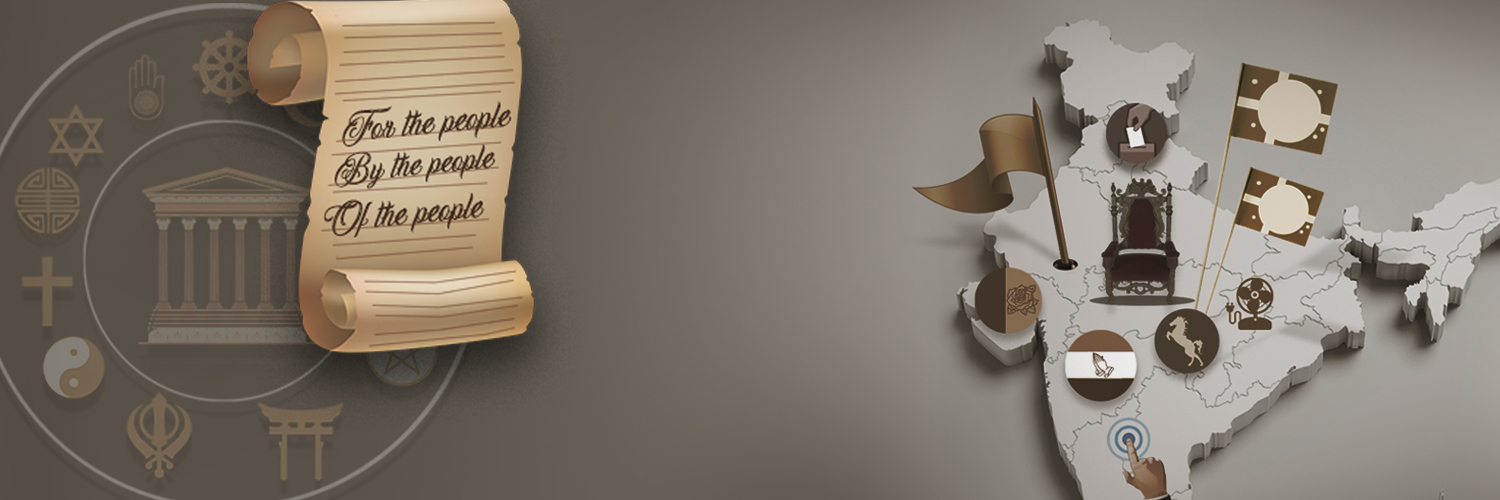Introduction
After freedom, the democratic government had to follow a set of predefined norms that are defined in a set of documents known as the Constitution. The Constitution is the supreme law of the country. The Constitution framework was created by Dr. B.R. Ambedkar.
Struggle against Apartheid
- Apartheid was the name of a system of racial discrimination unique to South Africa.
- The African National Congress (ANC) led the struggle against the policies of Segregation. ANC included many workers’ unions and the Communist Party and also some sensitive whites.
Towards a new constitution
- Gradually, with the increasing protests and struggles, the white government found it difficult to keep the blacks under their rule. They had to change their repressive policies.
- At the midnight of 26 April 1994, democracy was marked by unfurling the national flag of Republic of South Africa.
- Nelson Mandela was appointed the first president of the new South Africa.
- The South African constitution inspires democrats all over the world. A state denounced by the entire world till recently as the most undemocratic one is now seen as a model of democracy.
Philosophy of the Constitution
- The basic values of the freedom struggle are written at the start, in the ‘Preamble of the Indian Constitution’
